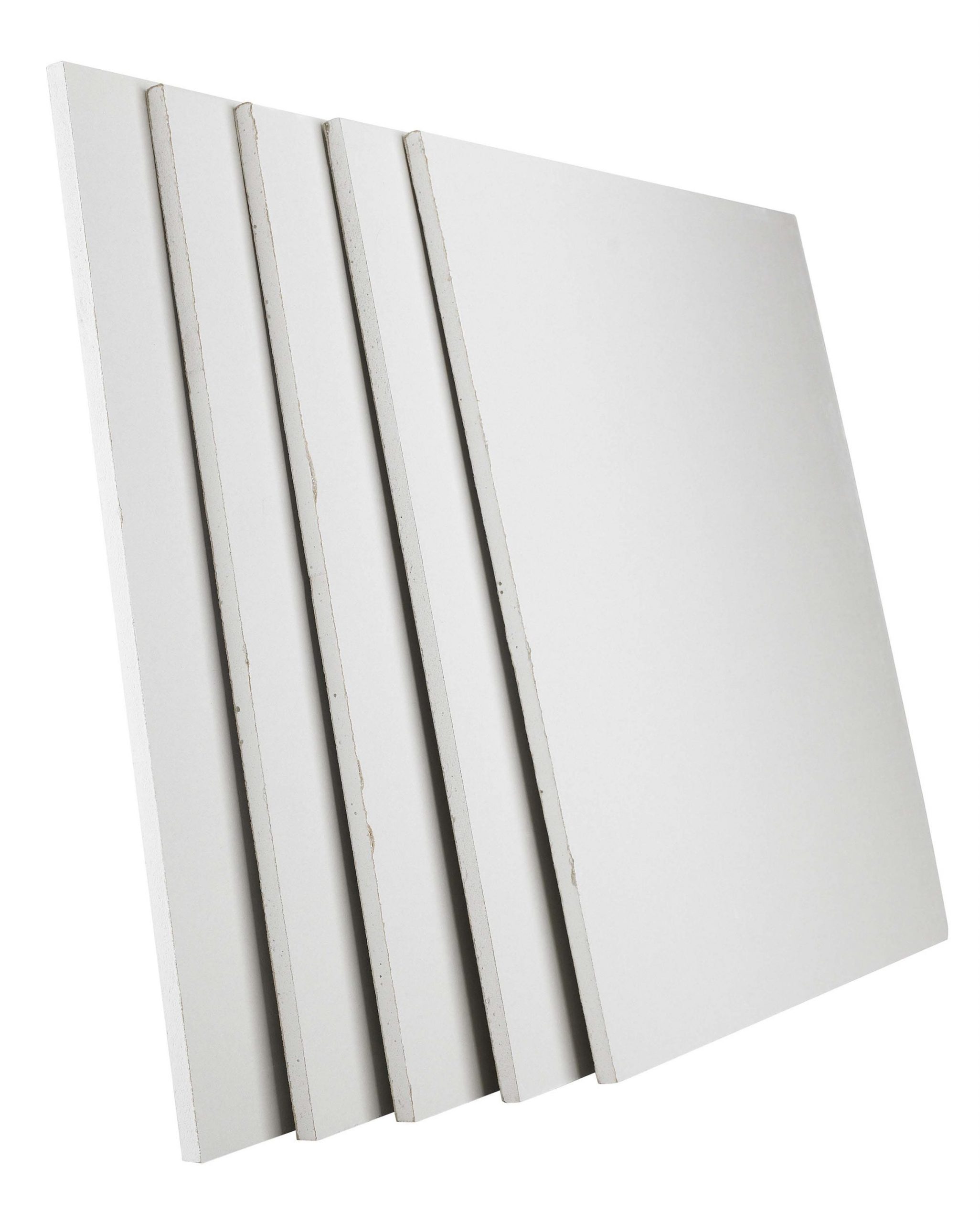When it comes to constructing walls, the choice of building materials is crucial. The right material not only affects the structural integrity and aesthetic appeal of a building but also influences energy efficiency, sustainability, and long-term maintenance costs. In this article, we will delve into various building materials applied to walls, examining their properties, advantages, and applications in modern construction.
- Traditional Materials: Brick and Stone
Brick has been a staple in construction for centuries. Made from clay and fired at high temperatures, bricks offer excellent durability and thermal mass, which helps regulate indoor temperatures. They are also fire-resistant and require minimal maintenance. However, the installation process can be labor-intensive and time-consuming.
Stone, on the other hand, provides a timeless aesthetic and unparalleled strength. Natural stone, such as granite or limestone, is often used in high-end residential and commercial projects. While stone walls are incredibly durable, they can be expensive and require skilled labor for installation.
- Concrete Solutions: Reinforced and Precast
Reinforced concrete is a popular choice for modern construction due to its strength and versatility. By embedding steel bars or mesh within the concrete, builders can create walls that withstand significant loads and resist cracking. This material is particularly advantageous in seismic zones, where flexibility and strength are paramount.
Precast concrete panels offer a faster construction alternative. These panels are manufactured off-site and then transported to the construction site for assembly. This method reduces labor costs and construction time while ensuring consistent quality. Precast walls can also be insulated, enhancing energy efficiency.
- Innovative Materials: SIPs and ICFs
Structural Insulated Panels (SIPs) are an innovative building material that combines insulation and structural support in one system. Comprising a foam core sandwiched between two structural facings, SIPs provide excellent thermal performance and reduce energy consumption. They are particularly popular in energy-efficient homes and commercial buildings.
Insulated Concrete Forms (ICFs) are another modern solution that combines the benefits of concrete with superior insulation. ICFs consist of expanded polystyrene (EPS) forms that are filled with concrete, creating a strong, energy-efficient wall system. This method not only enhances thermal performance but also provides sound insulation and resistance to pests.
- Sustainable Options: Bamboo and Rammed Earth
As sustainability becomes a priority in construction, bamboo is gaining traction as a viable wall material. Known for its rapid growth and renewability, bamboo is lightweight yet strong. It can be used in various forms, from structural beams to wall panels, making it a versatile choice for eco-friendly buildings.
Rammed earth is another sustainable option that utilizes natural materials. This technique involves compacting soil into forms to create solid walls. Rammed earth walls offer excellent thermal mass, are fire-resistant, and blend seamlessly with the environment. While the initial labor costs may be higher, the long-term benefits in energy savings and durability are significant.
- Composite and Hybrid Materials
The construction industry is increasingly turning to composite materials, which combine different substances to enhance performance. For example, fiber-reinforced polymers (FRPs) are lightweight and resistant to corrosion, making them ideal for applications where traditional materials may fail.
Hybrid wall systems that integrate various materials can also optimize performance. For instance, a wall might combine a concrete core with an exterior layer of brick or stone for aesthetic appeal while maintaining structural integrity and energy efficiency.
Conclusion: Choosing the Right Material
Selecting the appropriate building material for walls involves careful consideration of various factors, including structural requirements, aesthetic preferences, environmental impact, and budget constraints. As technology advances, the range of materials available continues to expand, offering builders and architects innovative solutions to meet the demands of modern construction.

